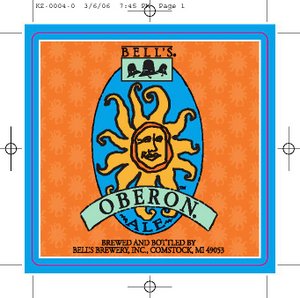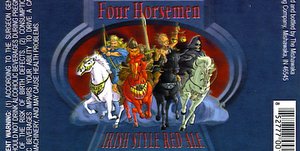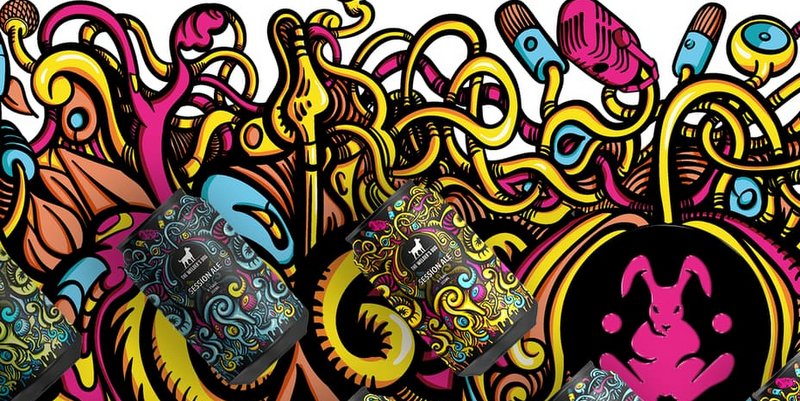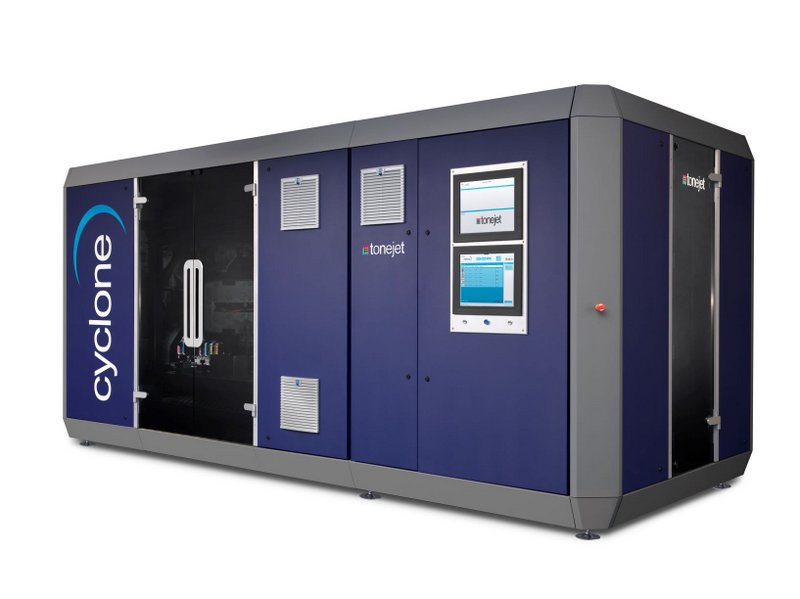
The day comes and the delivery man drops a package of fresh labels at your door so you can share your creations with the world. So, now what?
The label application process presents another set of decisions that need to be considered in terms of cost, efficiency and look in order create an overall value proposition that makes sense for your brewing business.
First, what is your labeling environment? Is it wet or dry? Hot or cold? All of that matters when choosing the technical aspects of your label. In that same vein, do you plan on reusing the label? Is it for a growler that is being returned and cleaned? Does the label need to be removed or permanent? Then, what application process makes the most sense — hand application or machine application? For those sticking with hand labeling, think about whether the label should peel left, right or top off so that the process is most efficient for those in application.
As discussed already on Craft Brewing Business, one of the key decisions for the craft brewer is choosing either the cut and stacked paper label or the pressure sensitive option. The market has long held the paper option as the top, almost default option, but according to Package Printing Magazine in July 2012, pressure sensitive labels are taking that market share away as the technology has improved. Some virtues include improved print quality, more label materials to choose from (including foils) and clear stocks and embossing options. The most attractive feature, however, is the elimination of glue setup and cleanup.
“The majority of breweries start with pressure sensitive labels as the cost of the labeler can be $0 if applied by hand, $1,395 for a semiautomatic that we sell, to under $20,000 for an inline labeler,” said Jack Wright , owner of Atlas Labels and Packaging. “The labeler cost for a paper glue-applied labeler is typically $100,000. Paper labels also require applying glue along with setup and cleanup. The pressure sensitive label can be any size or shape and can be produced with a laminate film for protection along with adhesives already on the back.”

When should you step up your labeling game from hand application to a semi-automatic machine process that feeds in the label and orients it perfectly onto the bottle? David Sachs, equipment sales specialist with Lofton Label, said semi-automatic labeling can be a great fit for almost any size brewer that would like to have a uniform look to their products. Lofton Label said about half of the craft breweries it works with applies labels by hand.
“Hand labeling typically provides inconsistent results in terms of label placement, so for an investment ranging from $5,000 to $8,000, a semi-automatic labeler can be a great choice,” he said. “Semi-automatic production labeling speeds range from 10 to 20 products per minute.”
Fully automatic systems are typically utilized in-line with a filler/capper. These systems range in price from $15,000 to $40,000 depending upon labeling capability (front, front/back, front/back/neck). Production speeds range from 20 to 100 products per minute or greater dependent upon system design.





Leave a Reply
You must be logged in to post a comment.